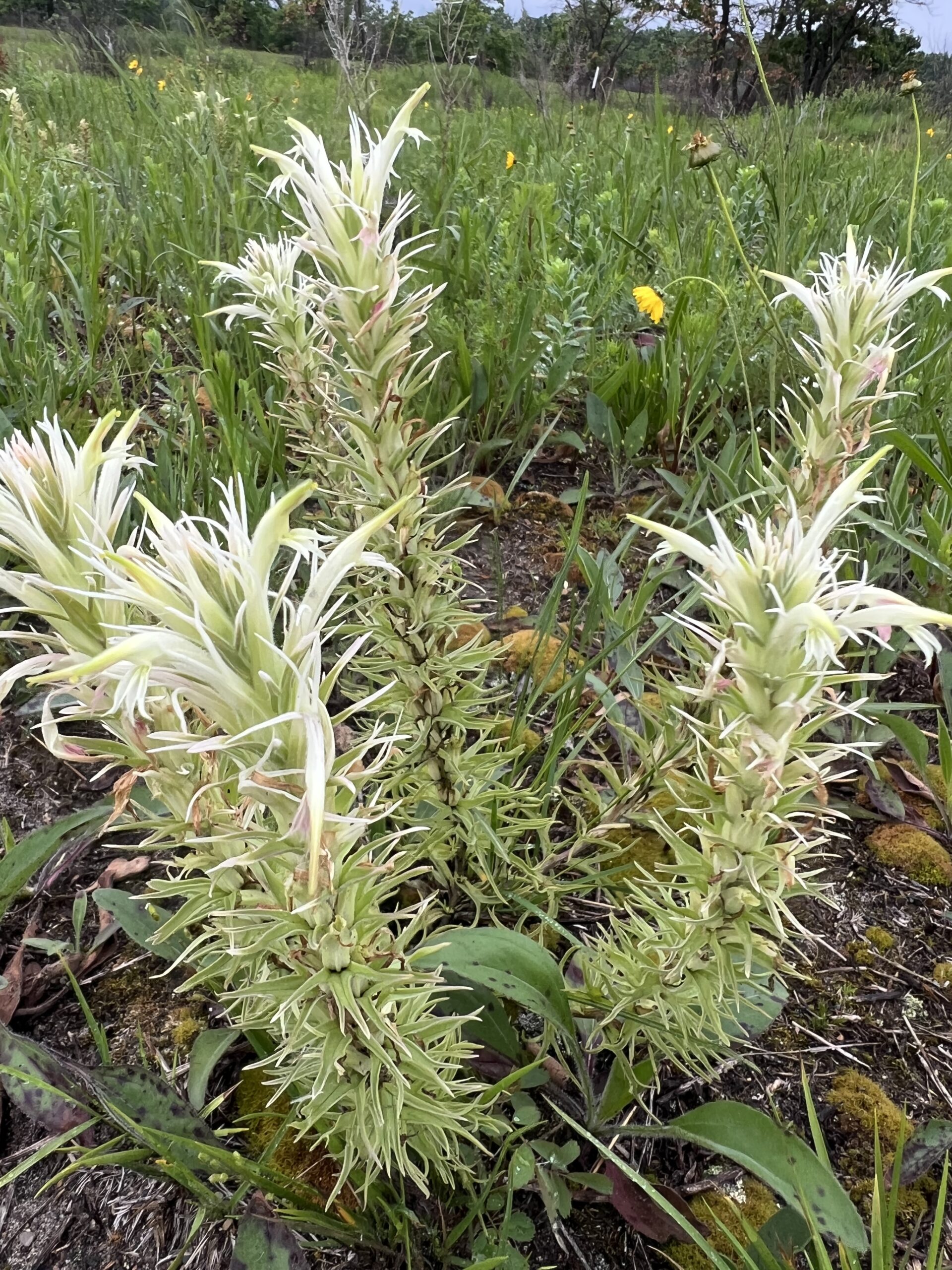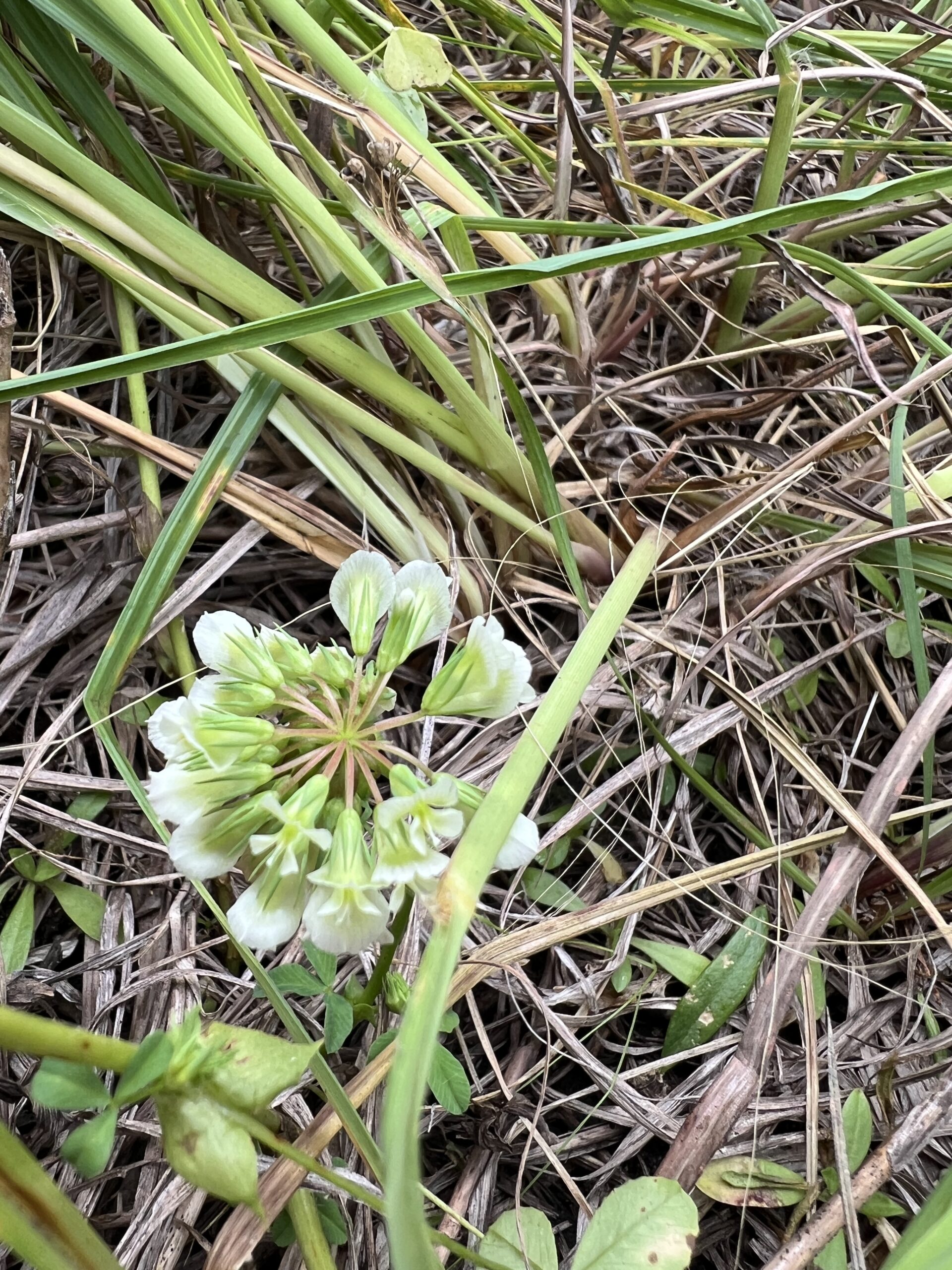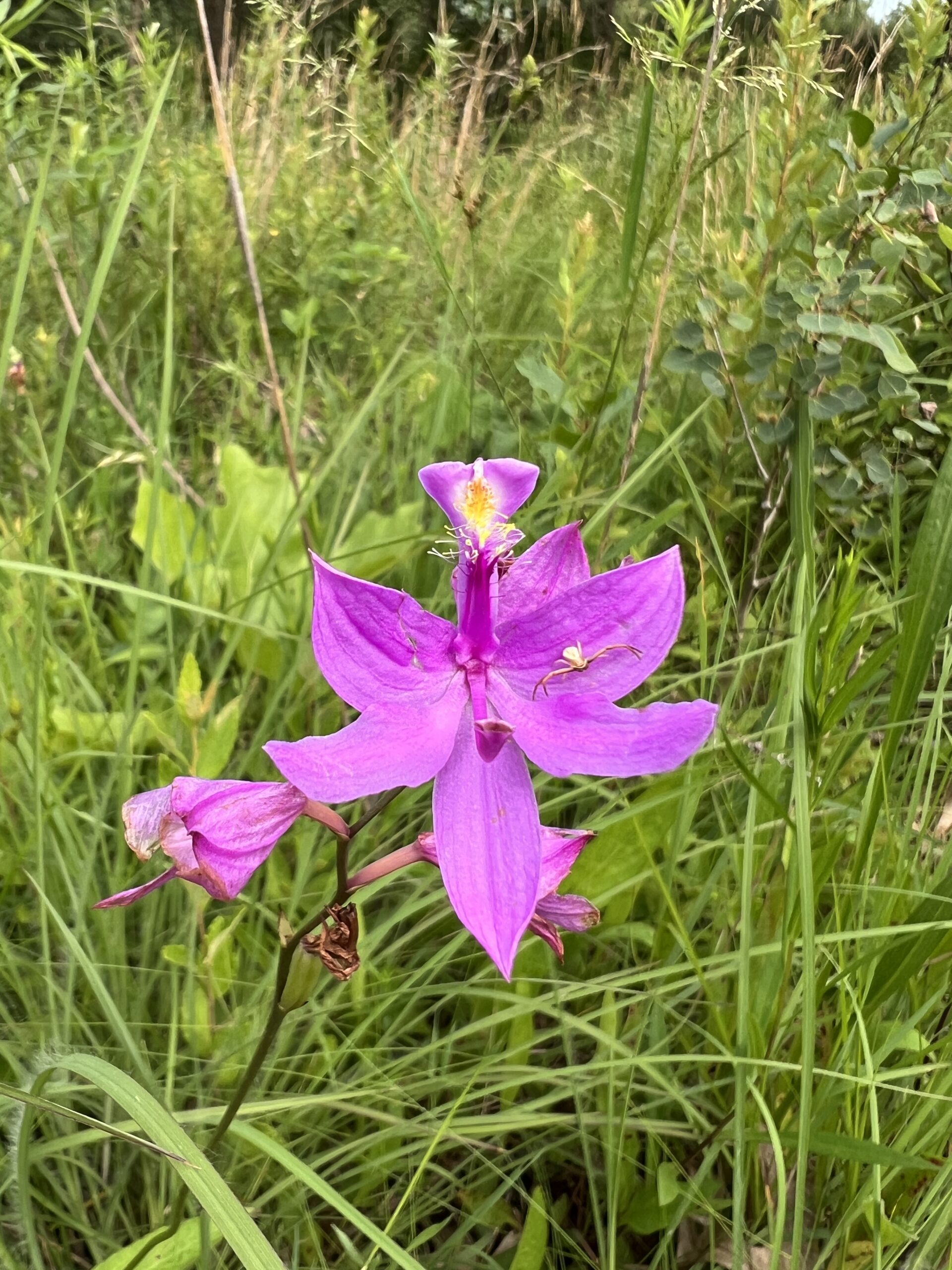To start off my July I traveled to Wisconsin to spend time in the boreal forests of the north with my family. We hiked at the Porcupine Mountains which are not even mountains, but us Midwesterners are used to land flatter than a soda that’s been left open for a week. While there I just about rounded out my observations of the 6 native Midwest honeysuckles; seeing Red Honey Suckle, Lonicera Dioica, growing near the shore of Lake Superior. Only Lonicera oblongifolia has evaded my searching for the relatives of the nauseatingly monotonous Eurasian honeysuckles. An interesting aspect of the honeysuckles is the natives are edible or close to edible while the invasive are disgustingly bitter.
On my way home I visited the biggest bog I have ever seen. I was delighted at the sight of tamaracks, heaths, sedges, and moss as far as I could see, but dismayed by the little lily of valley taking hold in every square foot of the bog. I felt a pain up my back as I remembered having spent days hunched over hand painting herbicide onto this invader. It had invaded a large portion of the highest quality remnant prairie in the county I live in. Having been planted in the cemetery prairie to pay respects to a deceased loved ones, the lily has lead to the deaths of numerous rare native plants.
Coming back from Wisconsin to Illinois I was missing the cushion of the canopy and colder temperatures. Though I was pleasantly relieved when the same smell of pine crept across the prairie. All the species of Silphium, Compass Plant and Prairie had started to peak in bloom. The blazing sun on the prairie burns off the acridity of the landfill in the morning and volatilizes the terpenes in the plants. The most interesting smell I have encountered was the smell of the tussock sedges. It has a unique pleasant smell that is hard for me to put into words and was disappointing to collect very little seed for these important plants.



